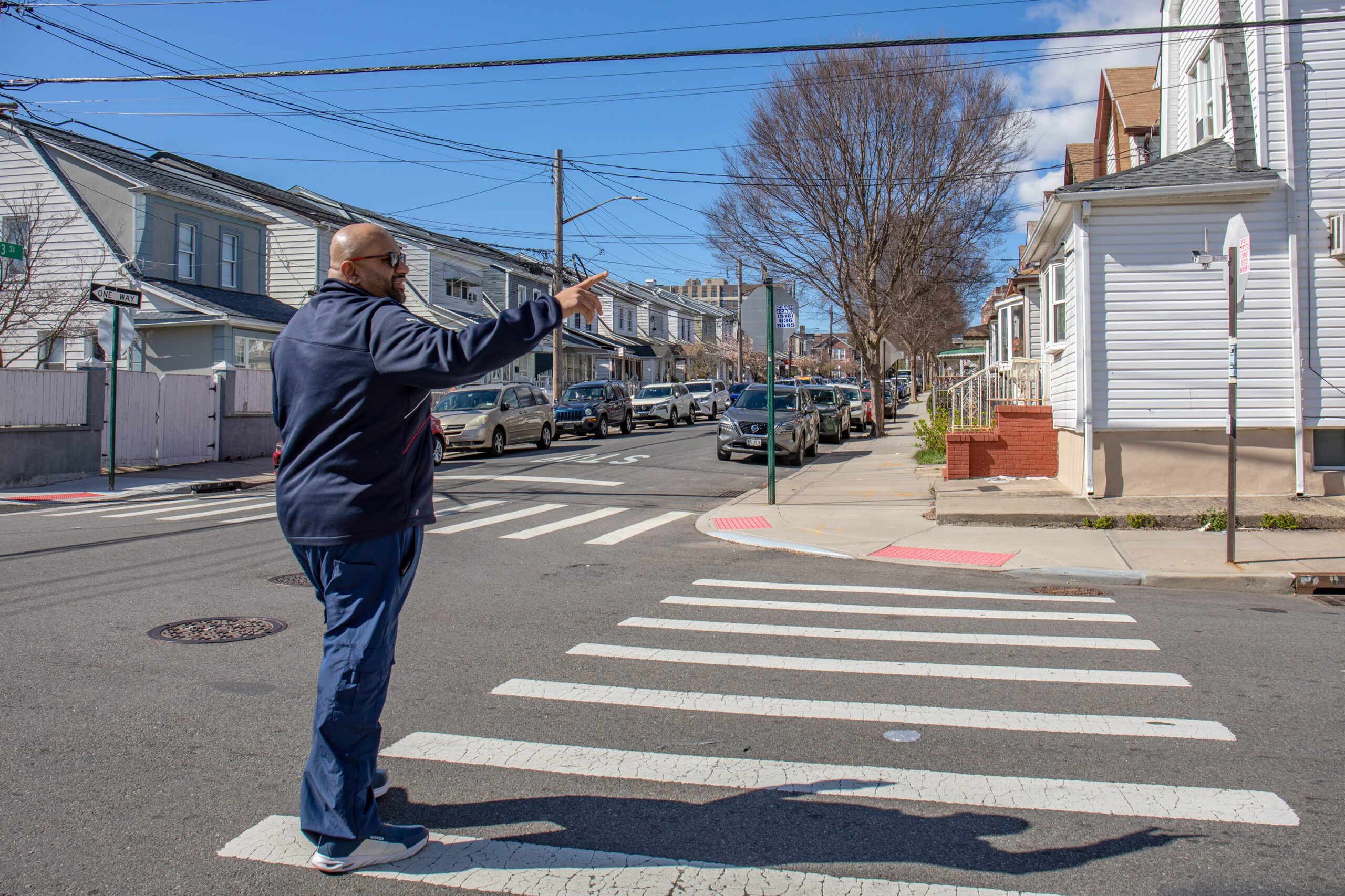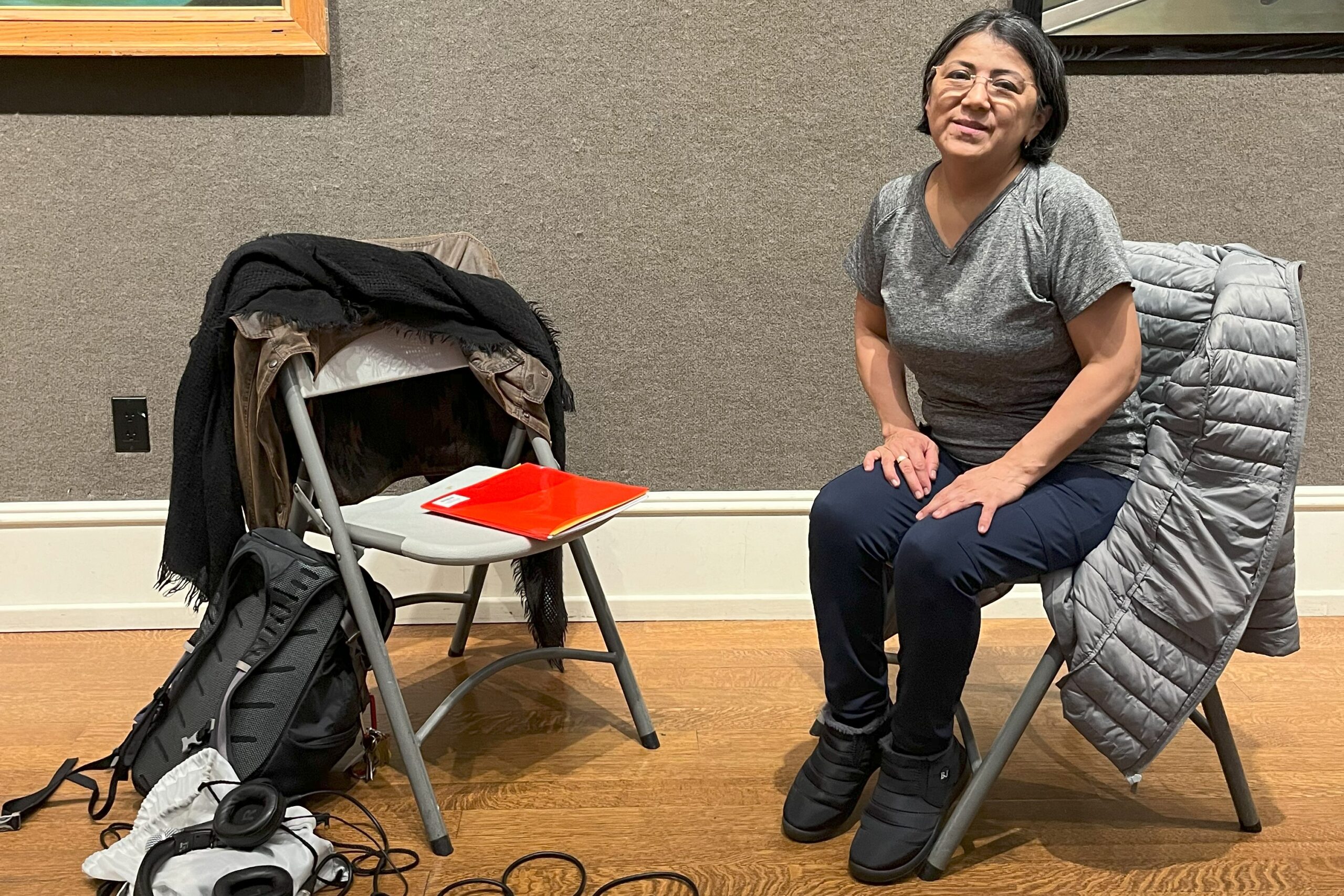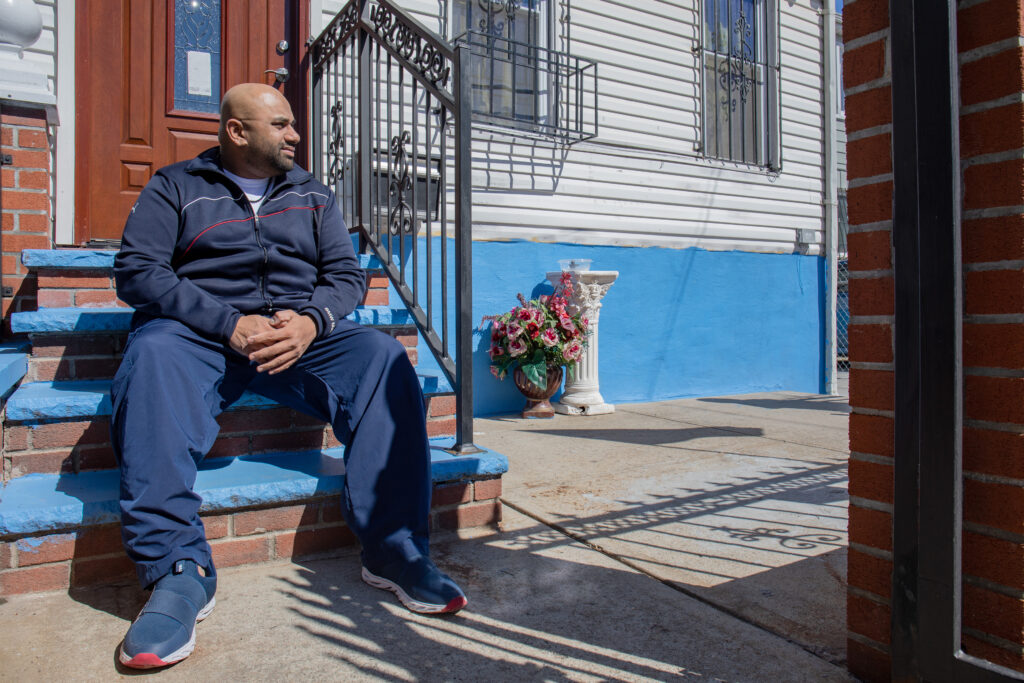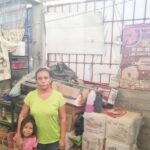Over 100,000 people live in New York City basement apartments; most are immigrants. It’s an open secret that, while basement apartments offer cheap rent, they are potential death traps in a city experiencing more frequent and severe flooding due to climate change. Government programs to address the problem have largely failed.
Producer Emmy Brett asks where people go when there is nowhere safe or affordable to call home.
Basements in the City: The Cost of Living Underground
by Emmy Brett
When Venezuelan migrant Bibiane Chamorro woke up on September 1st, 2021, at first, she thought she was dreaming.
She had gone to bed at 9 p.m. with her husband, Mario, so she could get up at 4 a.m. for her job as a housekeeper. But in the middle of the night, she woke to the sound of her little dog, Lily, splashing around. When she opened her eyes, she realized their basement apartment had started to fill with water.
“The water come [sic] so fast, all through the walls, the, the door. It was very, very fast,” said Bibiane. “My husband say [sic], eh, wake up. Wake up…We are going to die here.”
Bibiane grabbed Lily and started to wade towards the exit. But the water rose so high that she had to start swimming. Then, moments from the exit, she hit her head on the ceiling and began to drown. Her husband had to swim back, grab her, and pull her out of the apartment.
Bibiane’s husband Mario Gamino walks through his ravaged basement apartment the day after Hurricane Ida hit New York in 2021. Video credit: Mario Gamino
Bibiane, Mario, and Lily all survived the night of Hurricane Ida. But 11 other basement tenants didn’t.
Three years after Ida, in 2024, it’s estimated that over 100,000 people are currently living in New York’s basement apartments, many of them migrants. These units can give new arrivals a way to get into homes and out of city-sponsored shelters. But they can also be dangerous—part of an underregulated, nebulous ecosystem that lives at the nexus of three overlapping crises.
New York is in the middle of a housing crisis, with the average one-bedroom in Manhattan currently costing over $4,000. A majority of New Yorkers are currently rent-burdened and, despite the city’s attempts to address affordability, housing is at its lowest level of vacancy since 1968.
The city’s also in the midst of a migrant crisis. Over 100,000 asylum-seekers arrived in New York in 2023. Political and electoral posturing from border leaders like Texas Governor Greg Abbott meant new arrivals continued to be bussed into the city well into the winter of last year, straining city services and causing Mayor Eric Adams to implement 60- to 90-day shelter limits for new arrivals.
On top of it all, a climate crisis: New York’s rainfall is hitting record-breaking levels and predictive maps show that over 40 percent of New Yorkers may face re-location by the end of the century.
For new arrivals to the city, basement apartments can seem like a godsend. They’re significantly cheaper than most apartments, usually under $2,000 a month. Their legally tenuous status also means applications are generally less selective when it comes to income records or credit checks, making them more feasible for migrants waiting on work permits or working under the table.
But basements don’t come without a cost. Climate crises like Ida have shown that when rain comes, basement apartments can be the first to flood. They’re also often rented illegally, which means that if the city finds out you’re there, you can be immediately evicted and the property owner fined.
Coalitions like BASE (Basement Apartments Safe for Everyone) have been advocating for basement reform for decades. But regulation has been a slow, halting process, with the city’s basement conversion pilot program losing significant funding during the pandemic and dwindling down to just a handful of participants. The city has created an emergency notification system for flooding, but little meaningful reform has trickled down to the neighborhoods where flooding is actually happening.

Amit Shivprasad walks in his Hollis neighborhood in Queens to demonstrate where one of the flood sensors is located, which is on the stop sign. Shivprasad advocated for the flood sensor and believes all communities should have one. Currently, the community has two flood sensors, one on 91st Street and the other on 184th Street. Photo credit: Diana Cervantes
All of this has left migrants trying to answer the question: are basement apartments worth the gamble?
Victoria (who asked to only be identified by her first name), a Peruvian migrant, thinks so. She lives with her son, her sister, and her nephew in an illegal basement apartment in Corona, Queens. Victoria says she hears about basements flooding on the news, but she’s not worried.
“My son is happy, relaxed,” she said through a translator. “No one knows what the future will hold.”
Reina, a migrant from Venezuela living in a Manhattan shelter, says she’s heard about the dangers of basement apartments. Even though she knows they’re cheap, she says she’d never live in one.
“If it was just me, maybe,” she said in Spanish. “But not with my kids.”

Bibiane Chamorro at the Salmagundi Art Club for her interview with reporter Emmy Brett. Photo credit: Emmy Brett
After Hurricane Ida, Bibiane and her husband moved to a first-floor apartment. She says, as someone who’s seen the horror of flooding first hand, basement apartments are a gamble she’d never take again. When asked if other migrants like Victoria should stay in their basement apartments, she shakes her head.
“Don’t risk her life,” she says. “Don’t risk her life.”
Credits
Hosted by Iggy Monda
Story Produced by Emmy Brett
Edited by John Rudolph, Quincy Surasmith, and Iggy Monda
Engineering by Jocelyn Gonzales
Theme music by Fareed Sajan
Additional music: Trouble Town by Elliot Holmes
“Home, Interrupted” show logo by Daniel Robles
Feet in 2 Worlds is supported by the John D. and Catherine T. MacArthur Foundation, The Ford Foundation, the David and Katherine Moore Family Foundation, the Fernandez Pave the Way Foundation, an anonymous donor, and contributors to our annual NewsMatch campaign.




